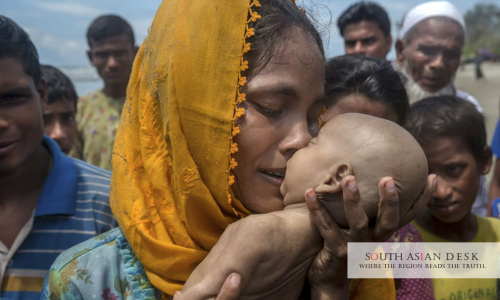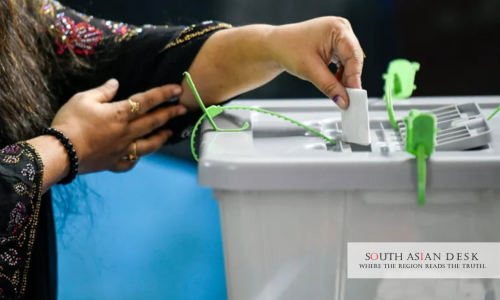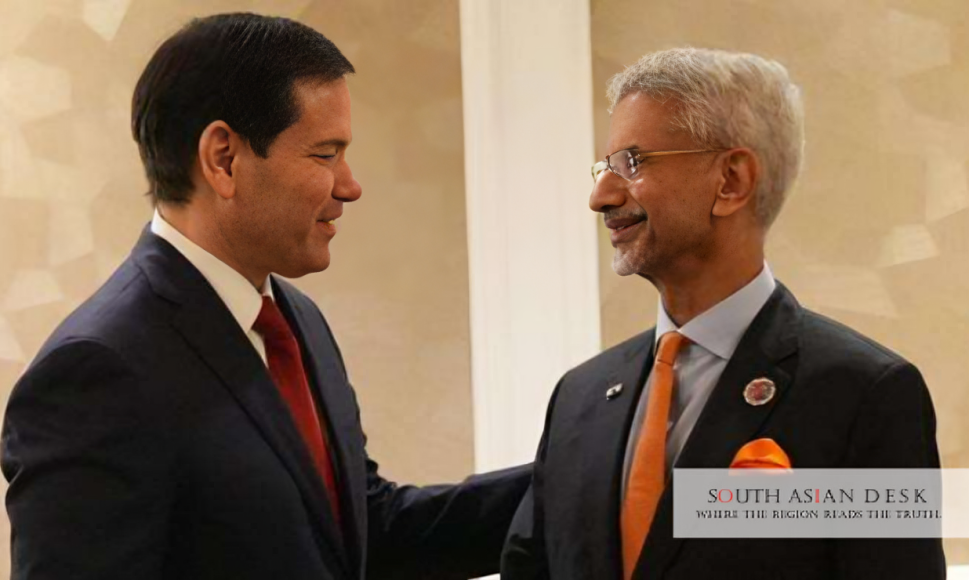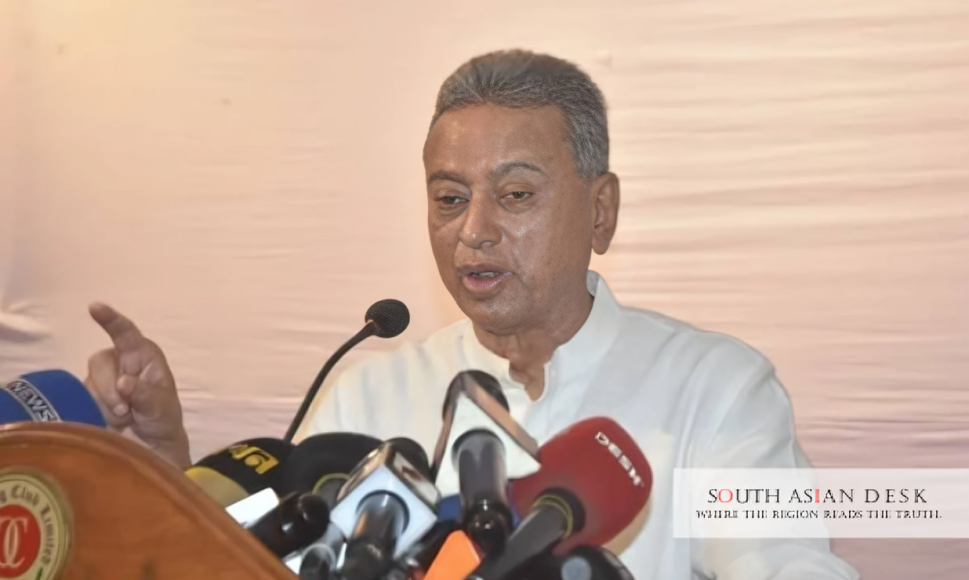The United Nations has issued a stark warning about the UN Rohingya aid funding cliff Bangladesh, where funding shortages could halve aid by 2026, endangering education, health, and nutrition for over 500,000 Rohingya refugee children in Cox’s Bazar camps. This development highlights the fragility of humanitarian efforts in South Asia, where Bangladesh hosts over one million Rohingya refugees amid ongoing conflict in Myanmar, straining resources and risking wider instability in a region already grappling with climate vulnerabilities and economic pressures.
Background: The Rohingya Crisis
The Rohingya, a Muslim minority from Myanmar, fled persecution in 2017. Over 750,000 crossed into Bangladesh following military operations in Rakhine state. Today, camps in Cox’s Bazar house about 1.3 million refugees, including 150,000 who arrived since early 2024 due to renewed violence. Bangladesh has provided shelter, but the burden falls heavily on international aid. The UN leads coordination through the Joint Response Plan (JRP), which seeks to deliver essentials like food, water, and protection.
Rohingya Refugee Children Aid Cuts Deepen
The UN Rohingya aid funding cliff Bangladesh stems from reduced donations. The 2025-26 JRP requires USD 934.5 million to assist 1.48 million people, including refugees and host communities. As of 31 August 2025, it stood at 37 per cent funded, with USD 342 million received. This shortfall has forced cuts across sectors.
UNICEF has highlighted how Rohingya refugee children aid cuts are eroding progress. Carla Haddad Mardini, UNICEF’s director of private fundraising and partnerships, stated after visiting Cox’s Bazar: “A funding crisis is unfolding and it’s threatening to erase years of progress for the Rohingya children.” She added: “We’re doing everything possible to really stretch every dollar but we’re running out of options.”
In the camps, severe acute malnutrition among children has reached its highest level since 2017. Health services face strain, with potential reductions in maternal care for 40,000 pregnant women and treatment for 19,000 malnourished children. Water and sanitation programmes, vital to prevent disease outbreaks, are also at risk.
Education Services Under Threat
Education bears the brunt of Rohingya refugee children aid cuts. Over 500,000 children rely on informal learning centres in the Bangladesh Rohingya camps. Funding shortages have led to classroom closures. Haddad Mardini observed: “It was disheartening to watch classrooms close, services shrink, and the futures of hundreds of thousands of children that are hanging by a thread.”
The JRP allocates funds for learning, but with only partial coverage, many centres merge classes or reduce hours. This exacerbates vulnerabilities, as idle youth face recruitment by armed groups. In 2025, 685 cases of child recruitment were recorded over five times the 2024 total. Haddad Mardini noted: “Seeing an increase in recruitment is extremely worrying for the future.”
Bangladesh Rohingya Camps Funding Shortage Worsens Security
The Bangladesh Rohingya camps funding shortage extends to protection and livelihoods. Armed groups operate amid overcrowding, heightening risks for women and children. UNHCR reports that funding cuts mean fewer projects and lost income opportunities for refugees.
Bangladesh’s government has voiced alarm. On 26 September 2025, officials called for urgent action to avert a “catastrophic” crisis. Chief Adviser Muhammad Yunus stated on 25 August 2025: “Bangladesh has no scope to allocate more resources for its 1.3 million Rohingya refugees.” A recent meeting with the World Food Programme’s acting chief emphasised the need for increased funding to sustain food aid.
The US, once the top donor, has reduced foreign aid, triggering a domino effect. Other nations have tightened budgets, leaving the UN Rohingya aid funding cliff Bangladesh on the brink. Efficiency measures, such as programme mergers and local sourcing, cannot bridge the gap. UNICEF warns that without fresh commitments, aid could drop by half in 2026.
Host communities in Cox’s Bazar also suffer. The JRP includes support for 480,000 Bangladeshis affected by the influx, but shortages limit infrastructure improvements like roads and water systems. This fuels local tensions, as resources stretch thin.
What’s Next: Pathways Forward
Stakeholders urge renewed donor pledges. The UN seeks multi-year funding to stabilise the response. Bangladesh advocates for Rohingya repatriation to Myanmar, but conditions remain unsafe. UNHCR’s special envoy, Julie Bishop, called for action on 30 September 2025, noting the JRP’s 37 per cent funding level.
Pilot programmes for skills training offer hope, but they depend on resources. International conferences may address the UN Rohingya aid funding cliff Bangladesh, with calls for private sector involvement. Meanwhile, agencies prepare contingency plans, prioritising life-saving aid.
As the UN Rohingya aid funding cliff Bangladesh approaches, immediate contributions are essential to safeguard Rohingya lives and prevent a deeper humanitarian disaster.
Published in SouthAsianDesk, October 15th, 2025
Follow SouthAsianDesk on X, Instagram, and Facebook for insights on business and current affairs from across South Asia.






